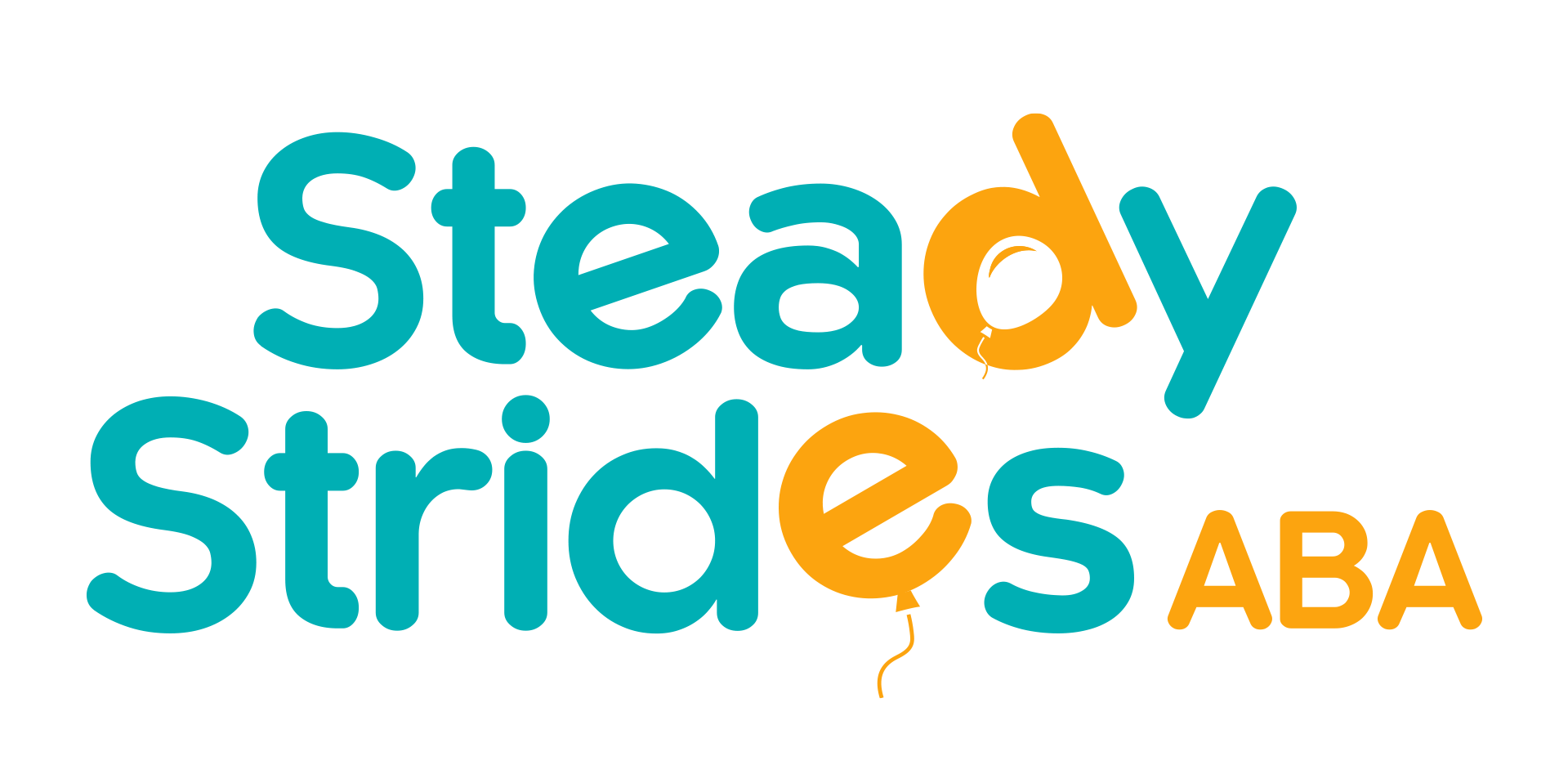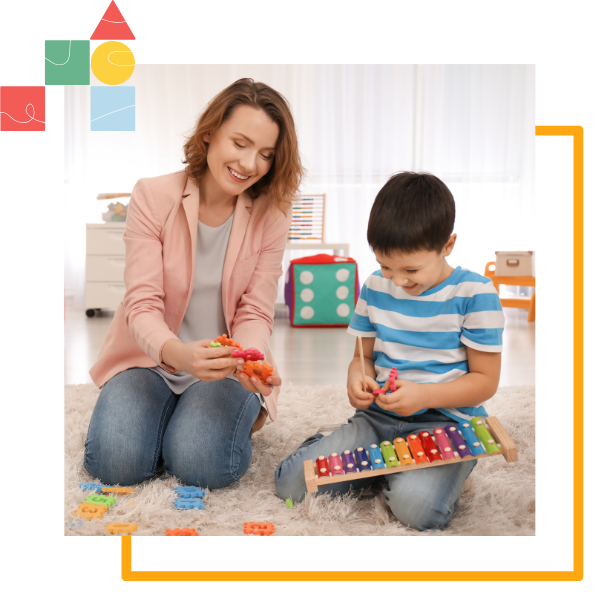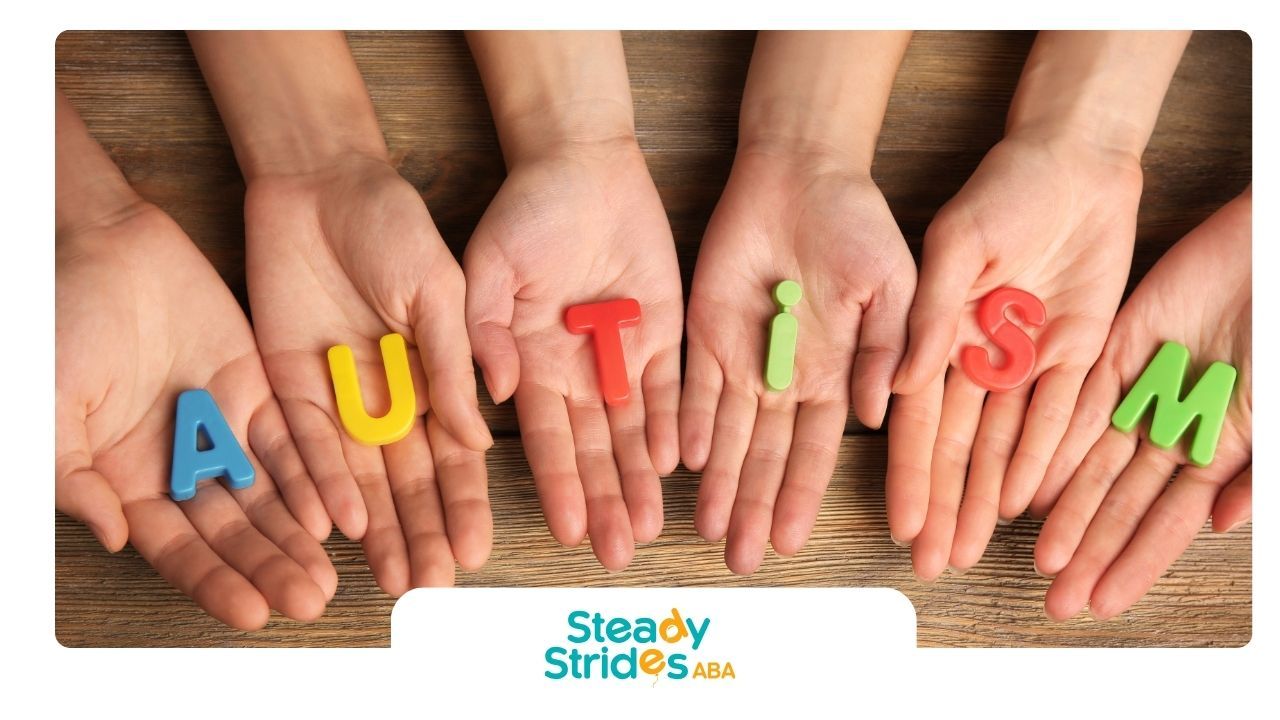Applied Behavior Analysis (ABA) therapy is a widely recognized and effective approach for helping individuals with Autism Spectrum Disorder (ASD). Within ABA, there are two main types: Discrete Trial Training (DTT) and Natural Environment Training (NET). This blog post will provide an in-depth look at these two types of ABA, explaining their methods, benefits, and key differences.
What are the Two Types of ABA?
ABA therapy encompasses various techniques and approaches designed to improve specific behaviors and skills in individuals with autism. The two primary types of ABA are Discrete Trial Training (DTT) and Natural Environment Training (NET).
Discrete Trial Training
DTT is a structured ABA approach that breaks down skills into small, teachable steps. Each step is taught through repeated trials, with positive reinforcement provided for correct responses.
Structure and Components of DTT
DTT involves a clear and consistent structure, including the following components:
- Antecedent: The therapist presents a specific instruction or question to the individual.
- Response: The individual responds to the instruction.
- Consequence: The therapist provides reinforcement (e.g., praise, a small reward) for correct responses or guidance for incorrect responses.
- Inter-Trial Interval: A brief pause before the next trial begins.
Benefits of DTT
DTT is particularly effective for teaching new skills and behaviors, as it provides clear instructions and immediate feedback. It is commonly used to teach foundational skills such as:
- Language and Communication: Teaching basic vocabulary, forming sentences, and understanding questions.
- Academic Skills: Enhancing skills in reading, writing, and mathematics.
- Self-Help Skills: Learning daily living activities such as dressing, eating, and personal hygiene.
This structured approach allows for a high level of control and precision, making it ideal for teaching specific skills in a step-by-step manner. However, while DTT is highly effective in certain contexts, it is important to complement it with more naturalistic approaches, such as NET.
Natural Environment Training
NET is an ABA approach that focuses on teaching skills in the context of everyday activities and interactions. Unlike DTT, which is highly structured, NET is more flexible and child-led.
Key Features of NET
NET emphasizes teaching in natural settings, such as the home, school, or community. It involves the following features:
- Child-Initiated Activities: The child initiates an activity or interaction, creating a more engaging and meaningful learning experience.
- Natural Reinforcement: Reinforcements are naturally related to the activity. For example, if a child asks for a toy, receiving the toy is the reinforcement.
- Embedded Learning Opportunities: Skills are taught within the context of regular activities, such as playing, eating, or social interactions.
Benefits of NET
NET offers several benefits that complement the structured approach of DTT, including:
- Generalization of Skills: Skills learned in natural settings are more likely to generalize to other environments and situations.
- Increased Motivation: Children are more motivated to participate in activities they initiate and enjoy.
- Social Engagement: NET promotes social interaction and communication within natural contexts, helping children develop meaningful relationships.
Combining the strengths of both DTT and NET provides a well-rounded approach to ABA therapy. This integration ensures that children receive the benefits of structured learning while also acquiring skills in a natural and engaging manner.
Conclusion
Understanding the two types of ABA—Discrete Trial Training (DTT) and Natural Environment Training (NET)—can help parents and caregivers make informed decisions about their child's therapy. Both approaches offer unique benefits and, when used together, provide a comprehensive framework for skill development and behavior improvement.
At Steady Strides ABA, we are committed to delivering personalized and effective ABA therapy services. Contact us today to learn more about our approach and how we can support your child's growth and development.
FAQs
What is the primary difference between DTT and NET?
The primary difference lies in their structure and implementation. DTT is highly structured, with a clear sequence of instruction, response, and reinforcement. NET is more flexible and child-led, focusing on teaching skills within the context of everyday activities.
Can both DTT and NET be used together?
Yes, combining DTT and NET can be highly effective. Using both approaches allows for structured skill acquisition through DTT and the generalization and application of those skills in natural settings through NET.
Which approach is better for my child?
The choice between DTT and NET depends on your child's unique needs, strengths, and preferences. A qualified ABA therapist can assess your child and recommend a tailored approach that may include elements of both DTT and NET.
How do I know if ABA therapy is working for my child?
Progress in ABA therapy is monitored through regular assessments and data collection. Improvement in targeted skills and behaviors indicates that the therapy is effective. Open communication with your child's therapist is also crucial for tracking progress and making necessary adjustments.













